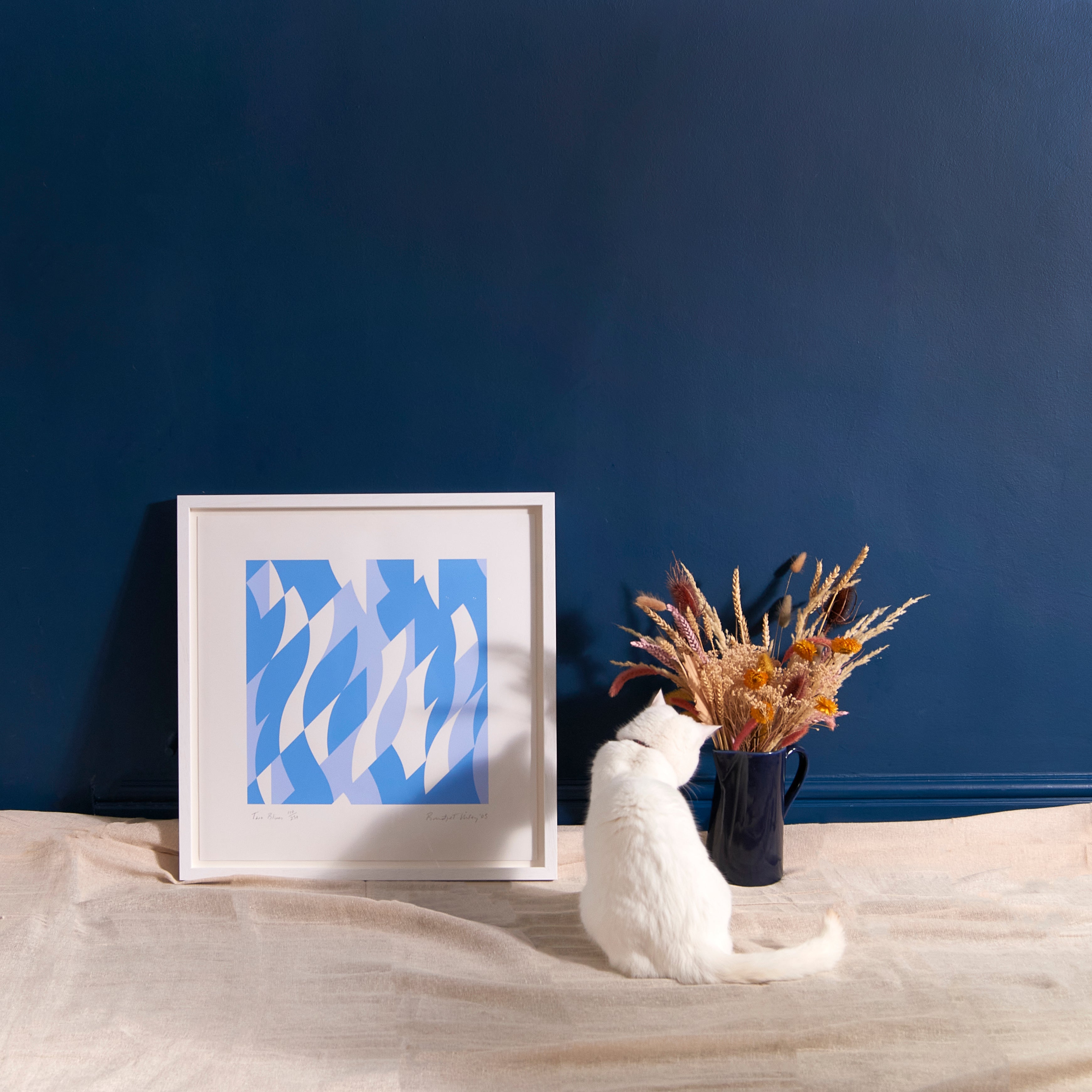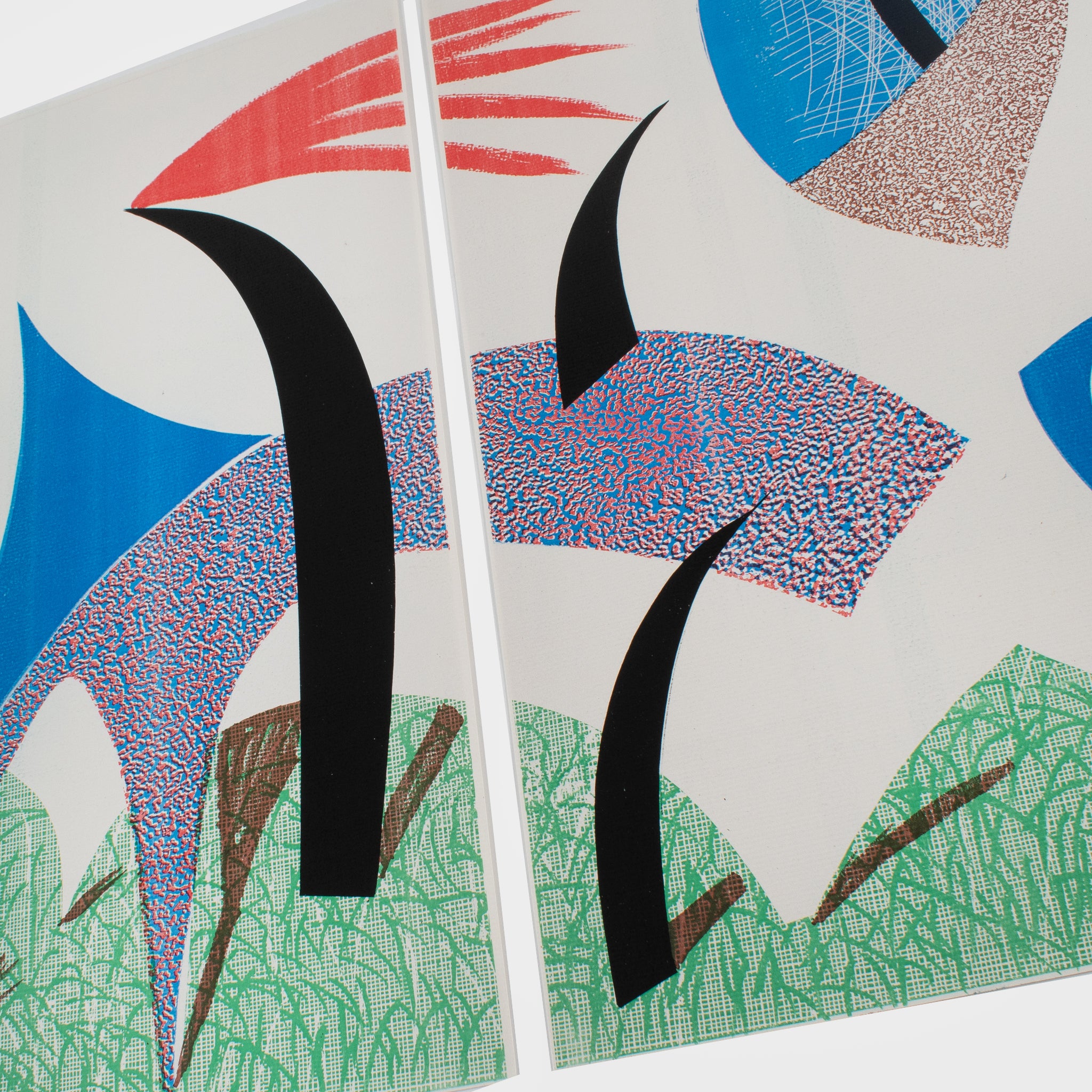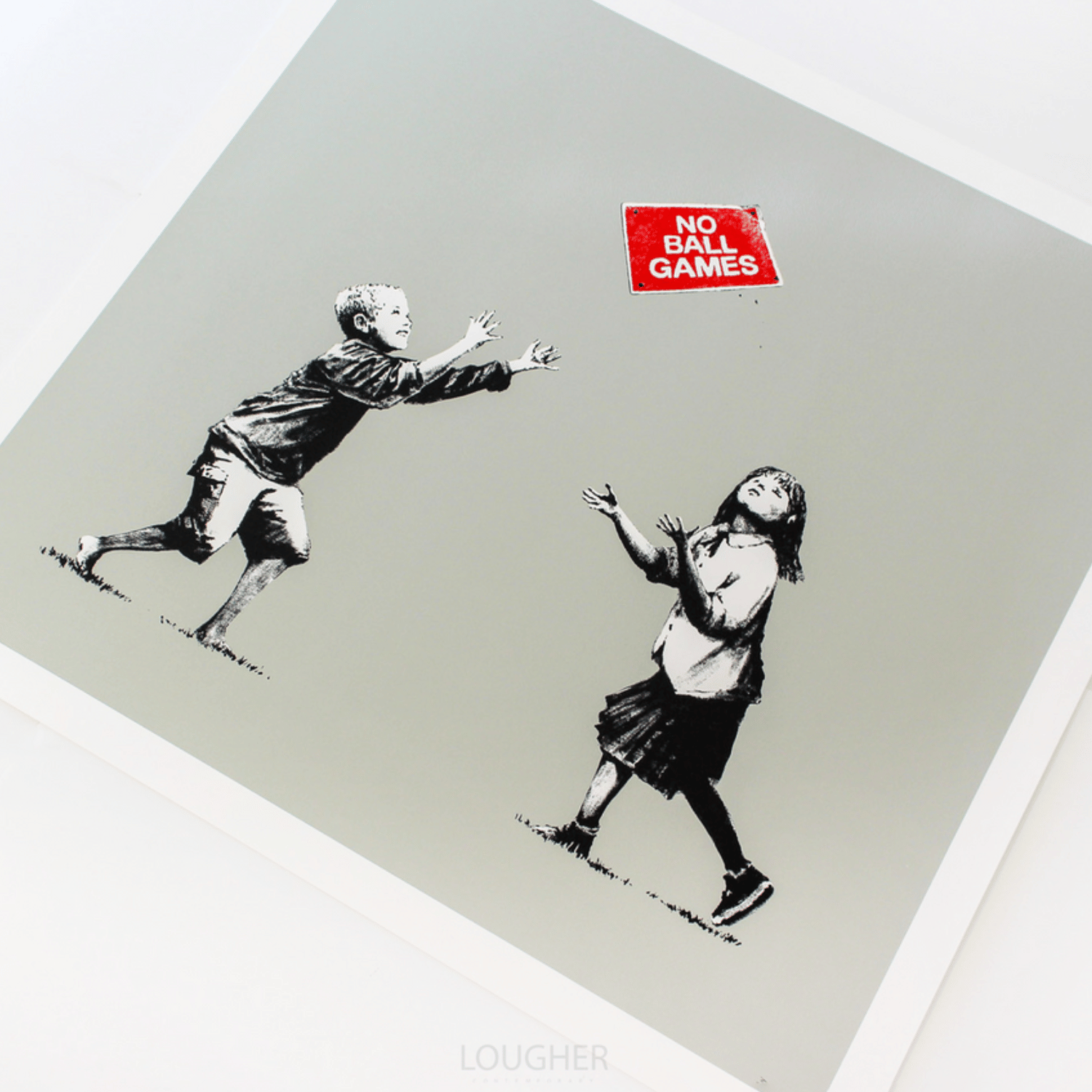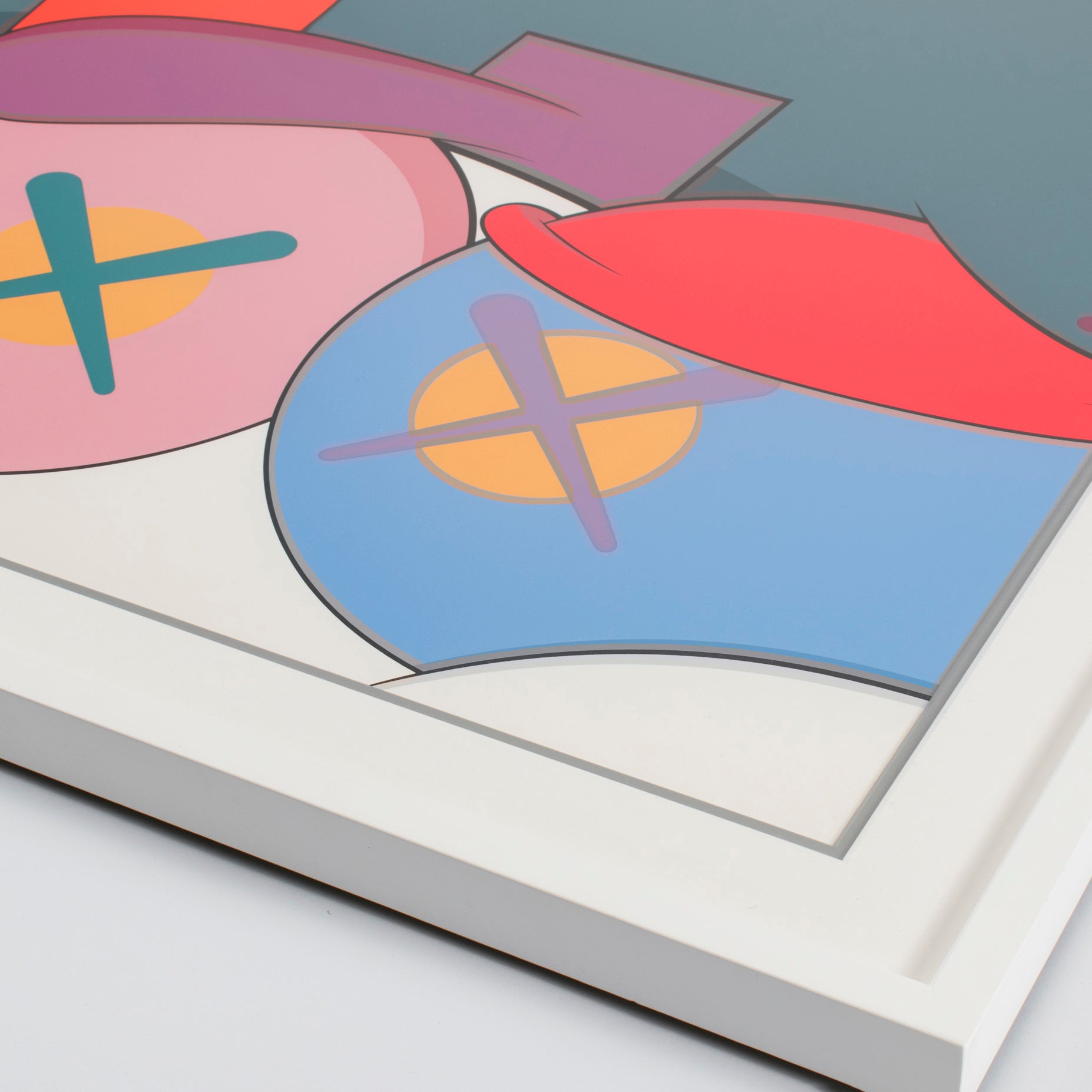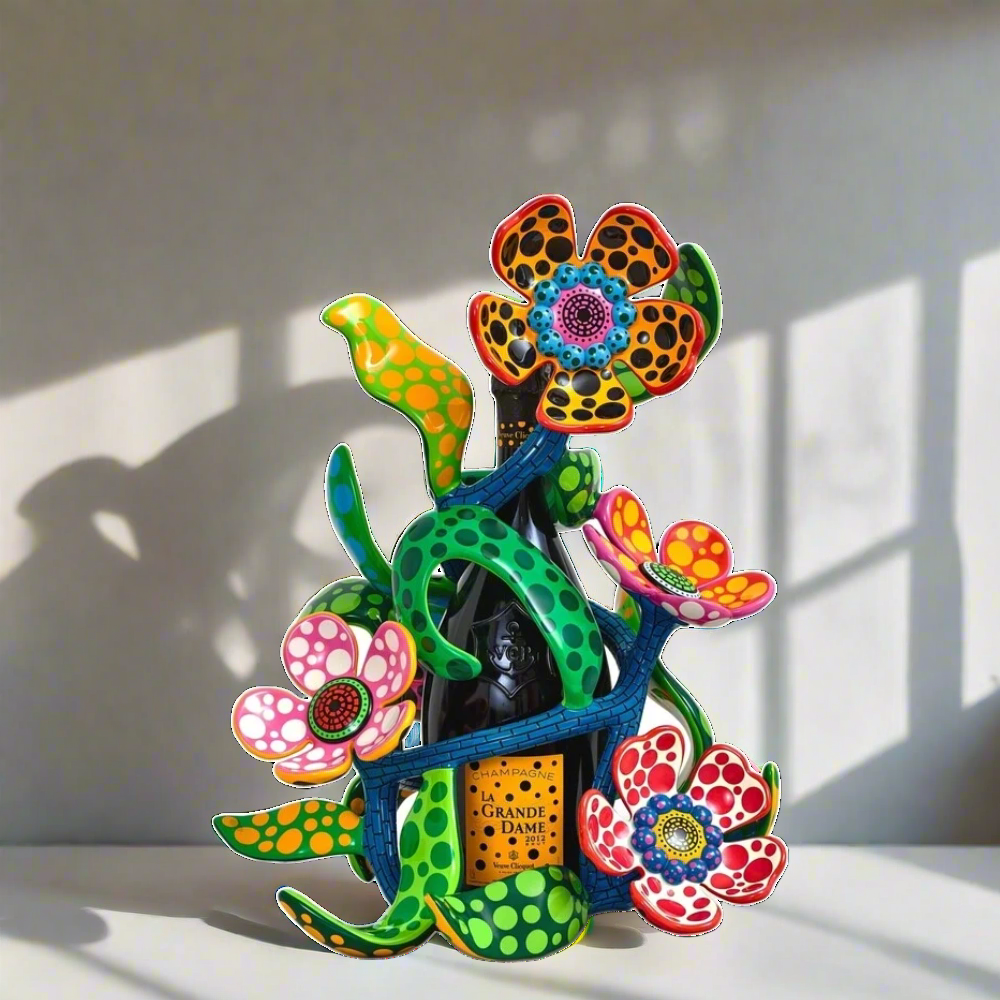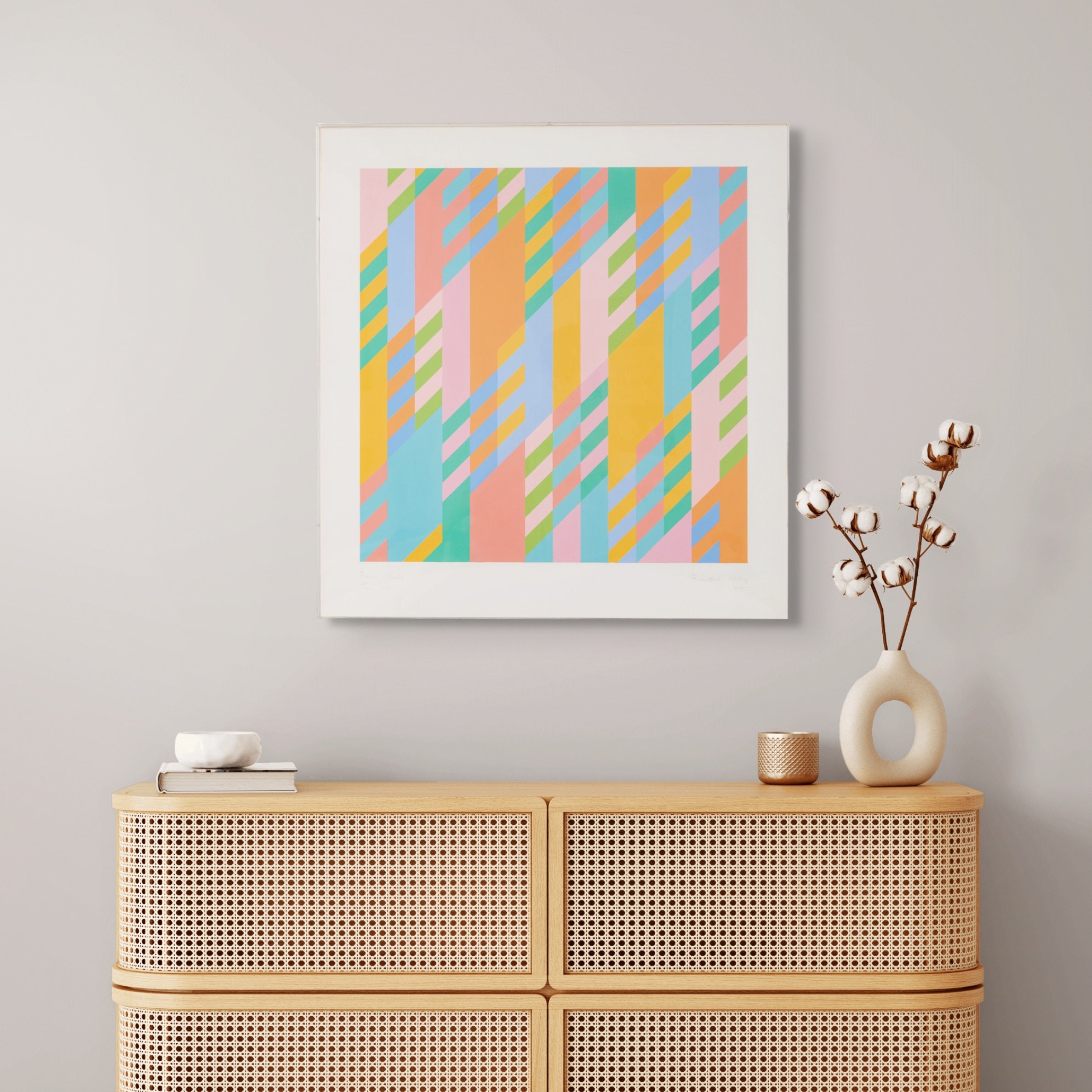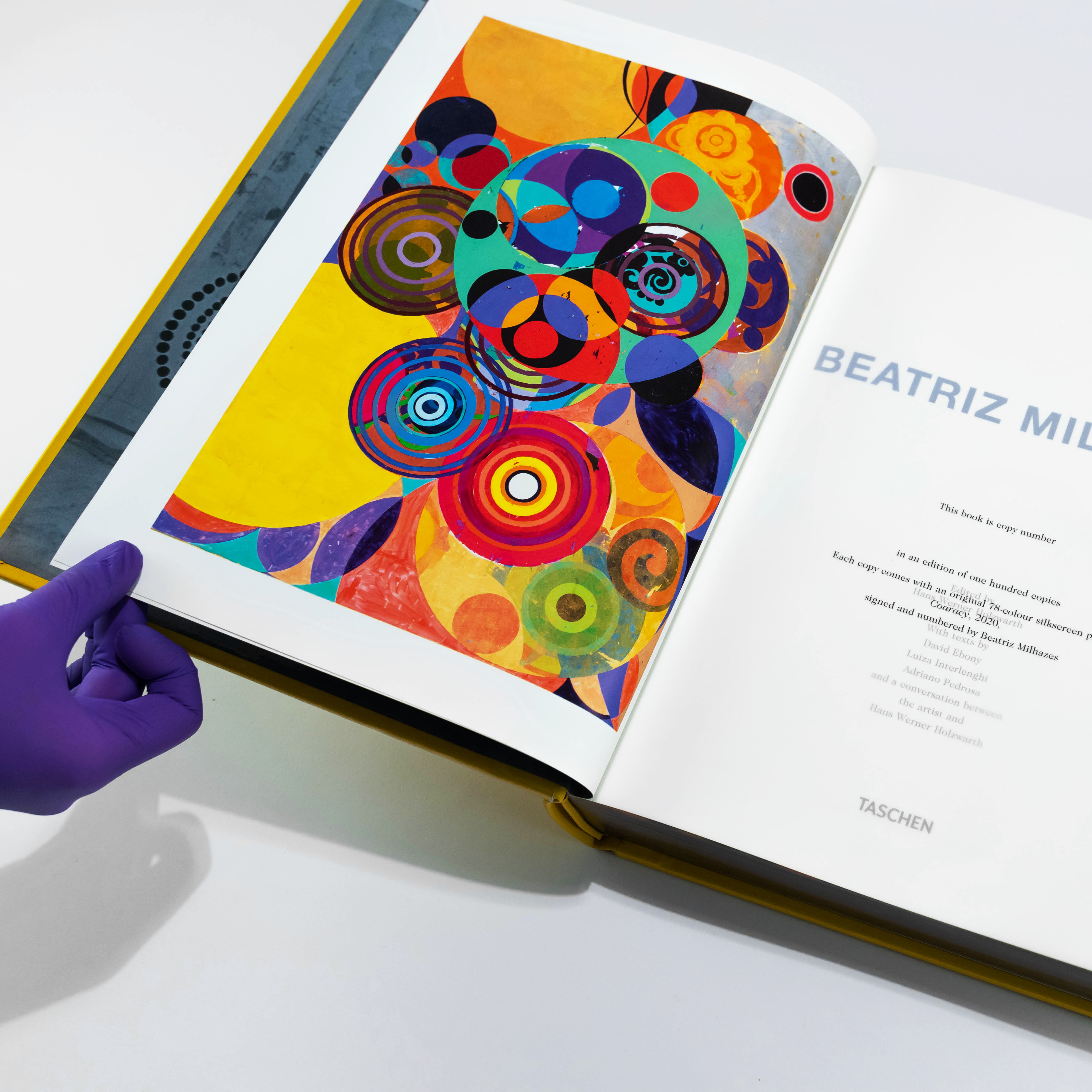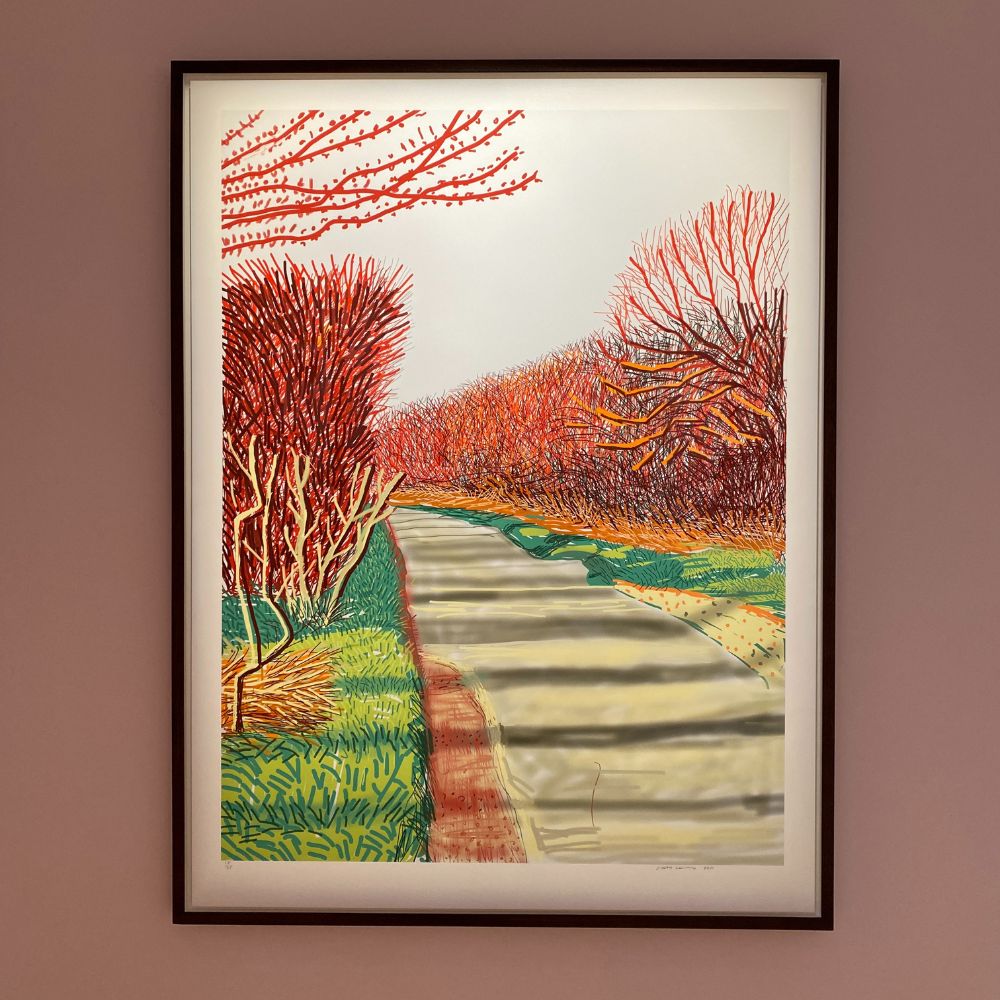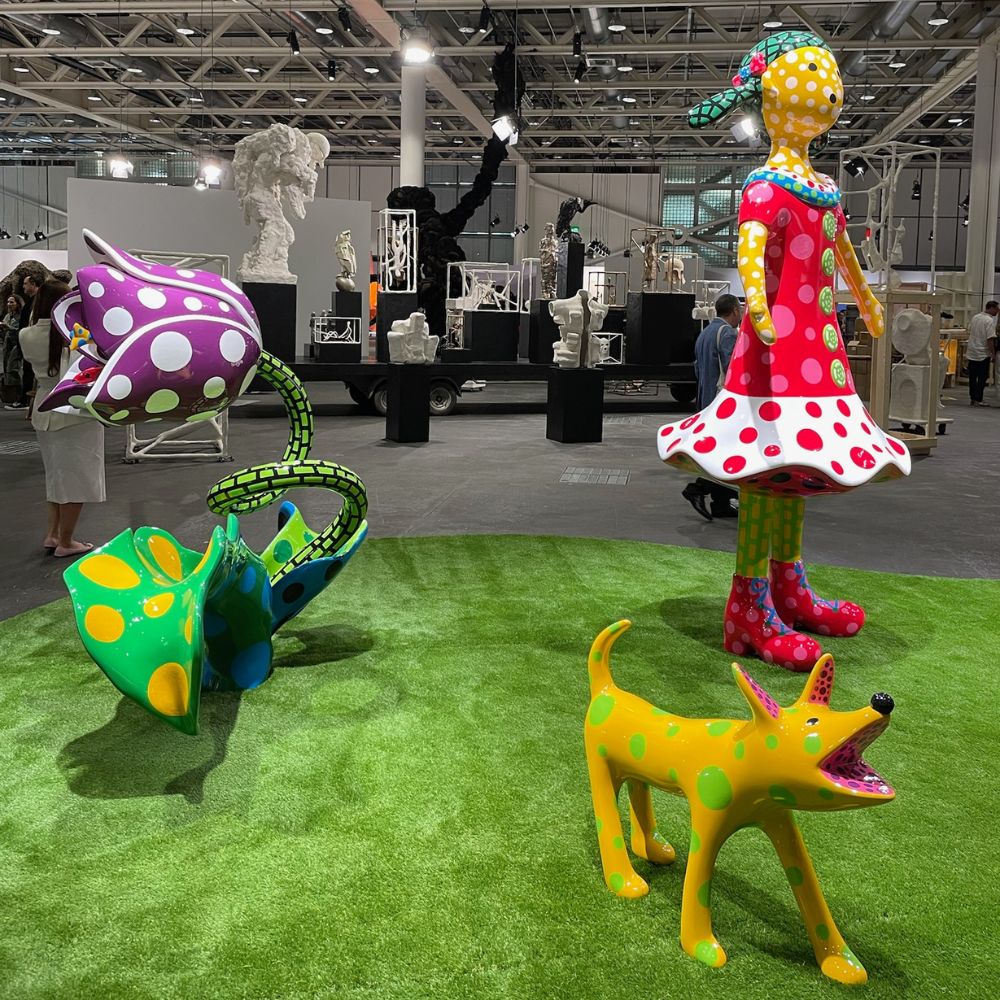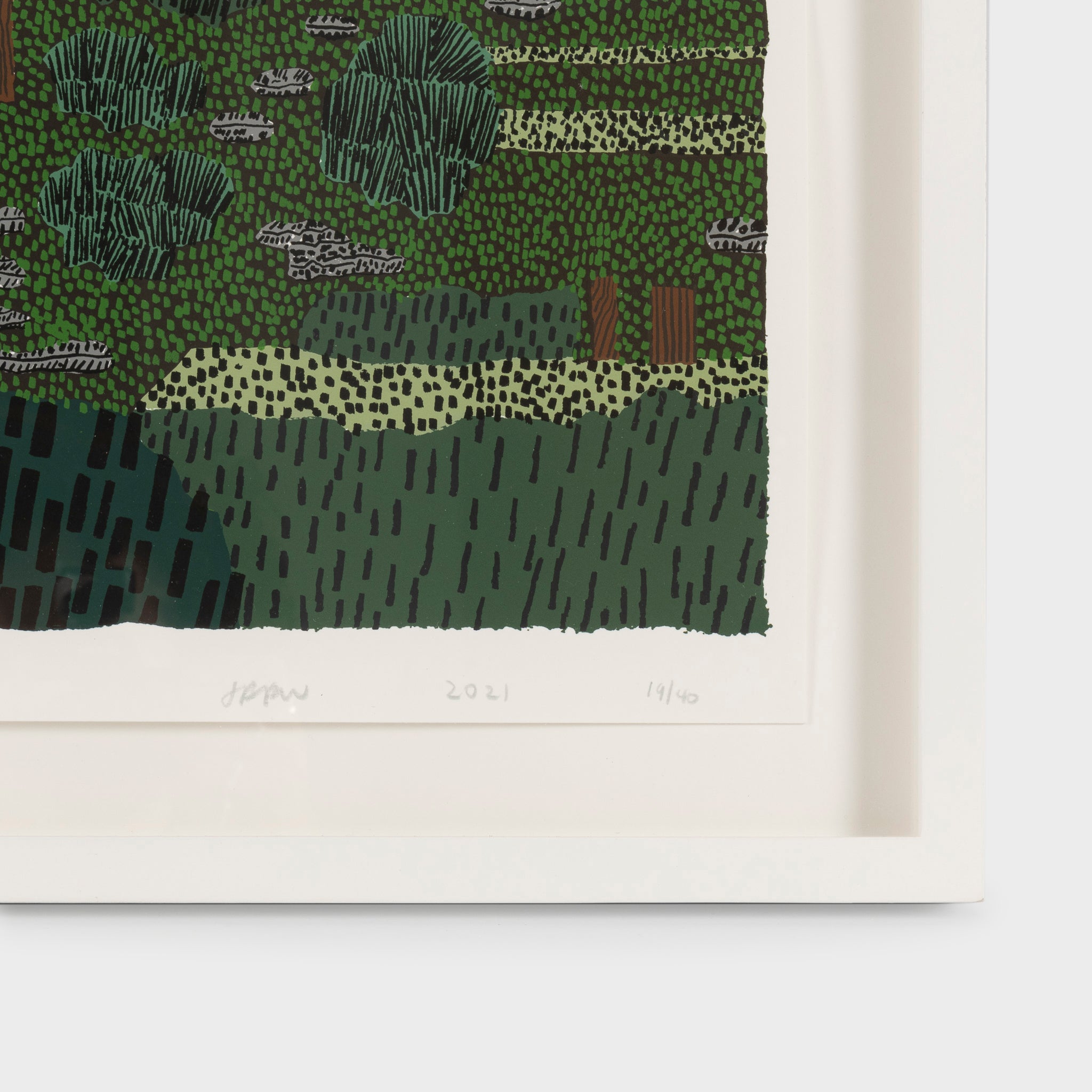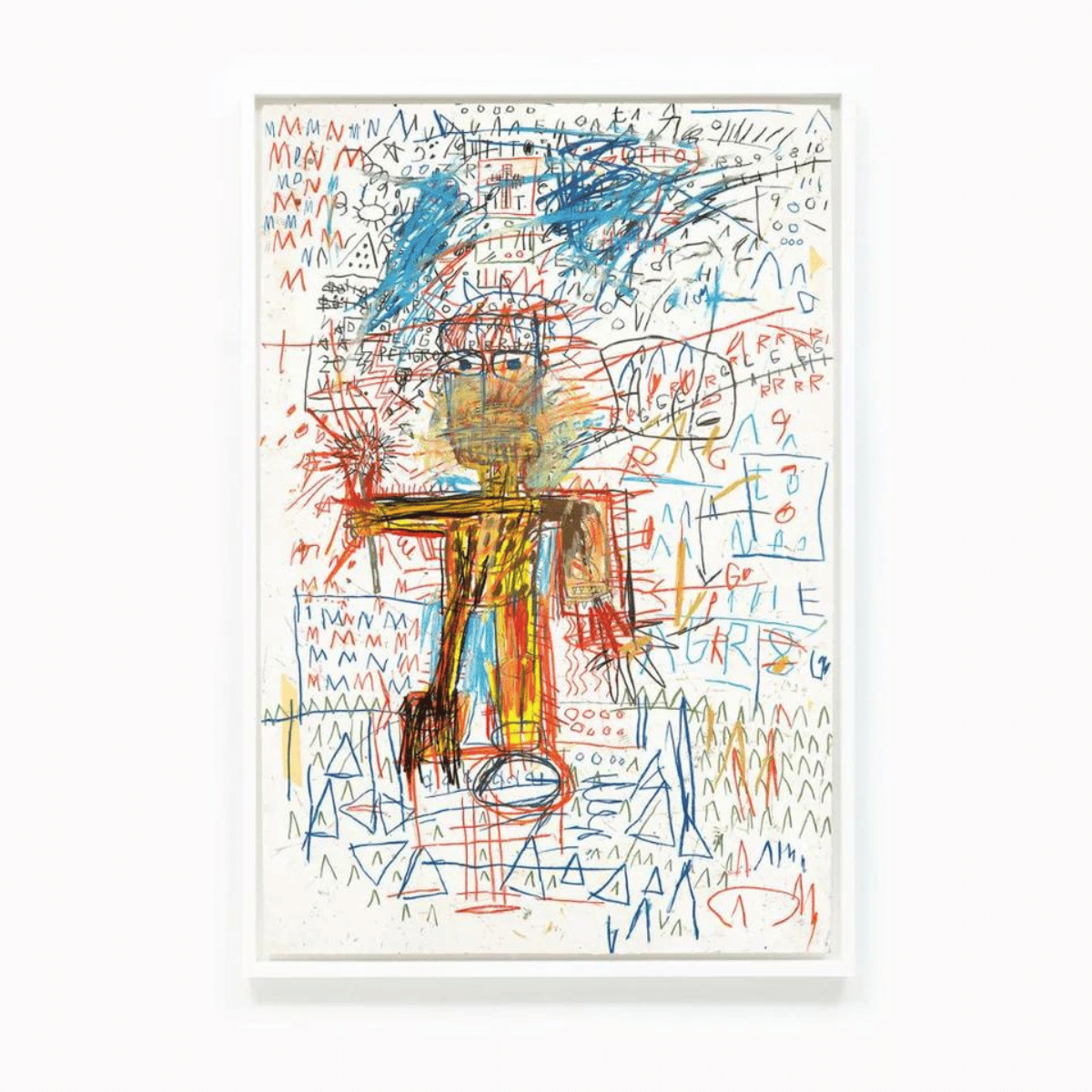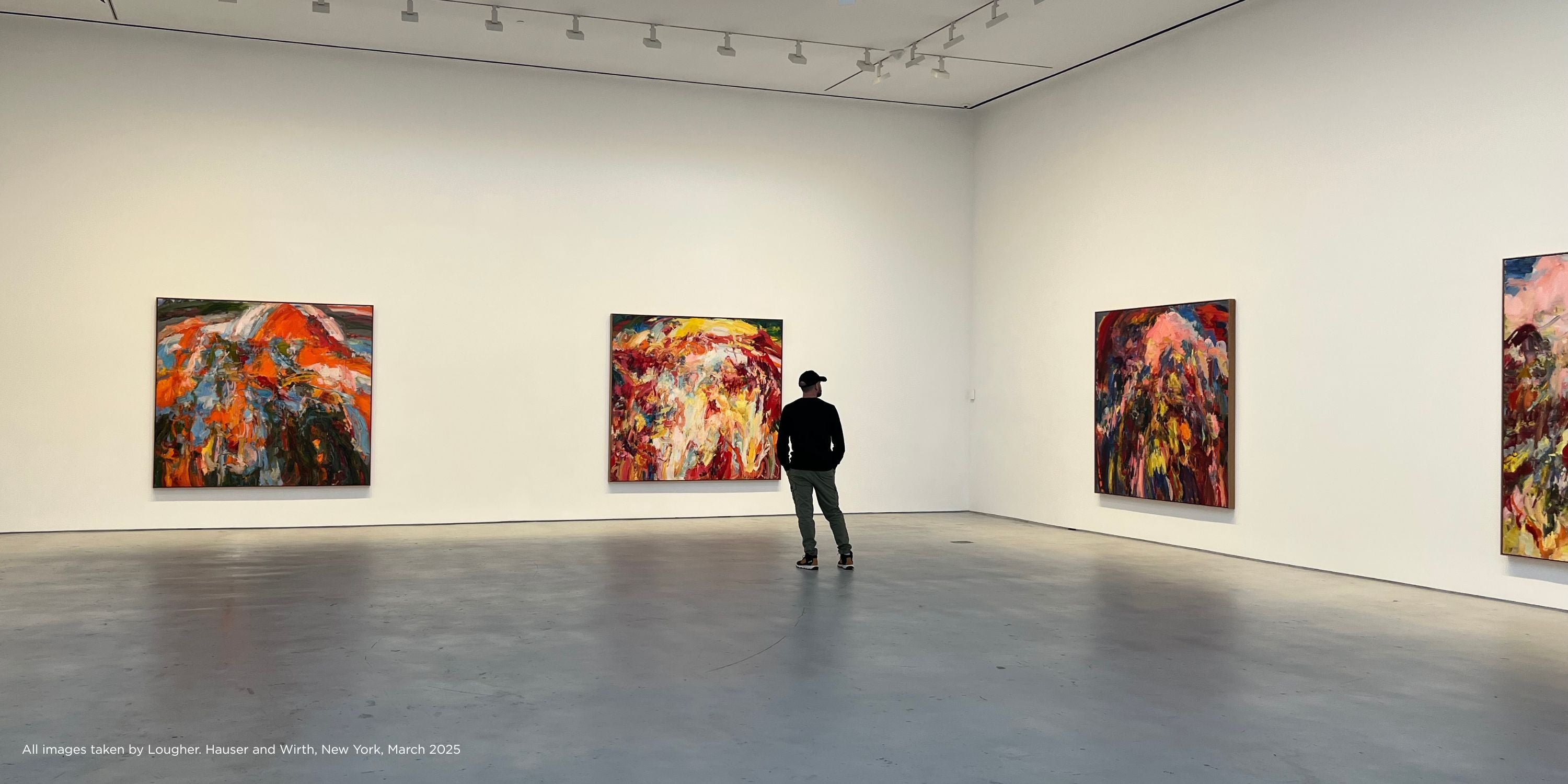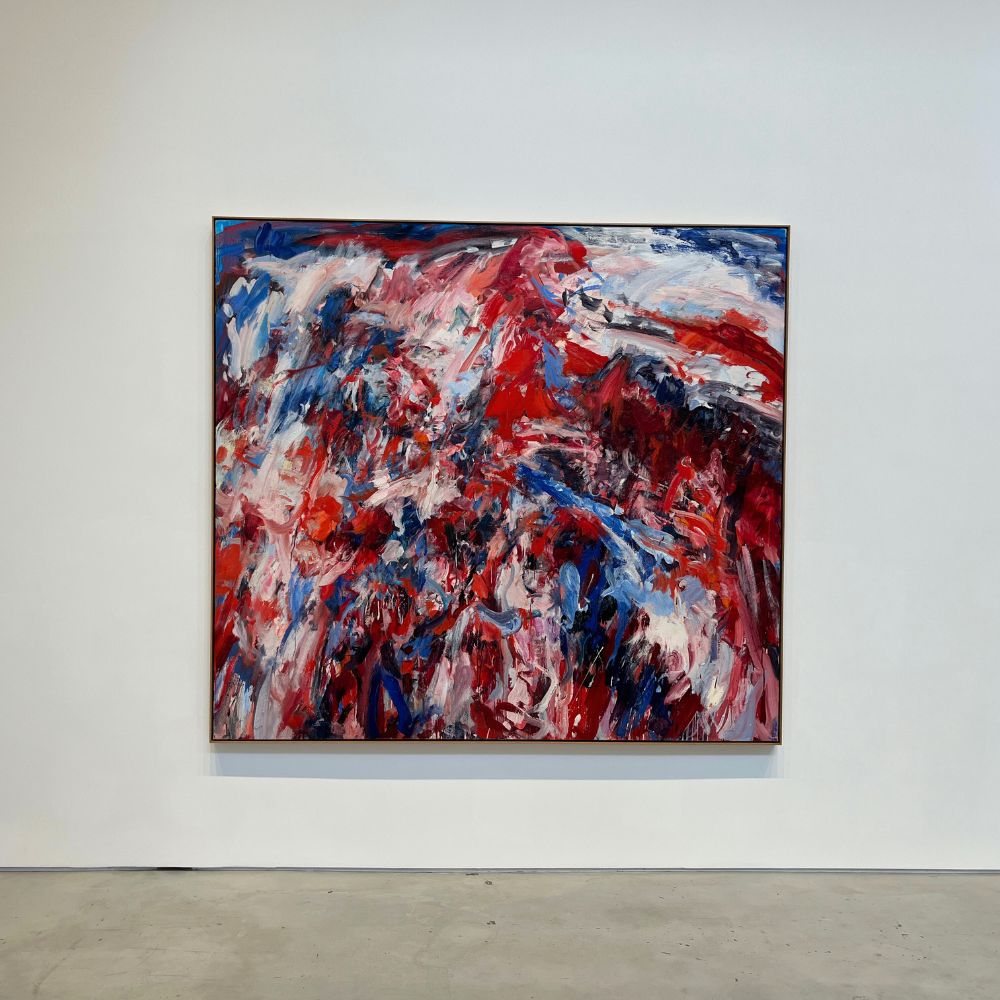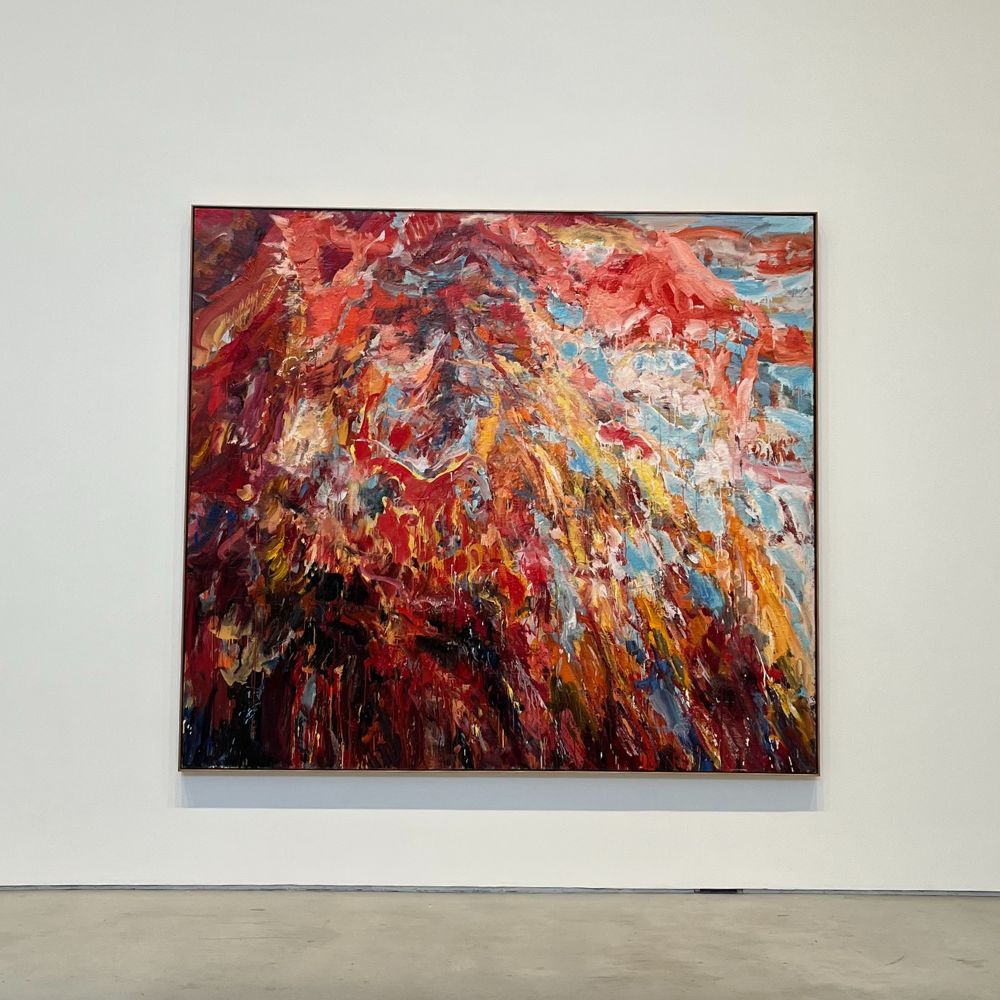The recent exhibition Silent Music by celebrated London artist Catherine Goodman at Hauser & Wirth New York on 22nd Street marked a compelling chapter in contemporary painting. Now concluded, the show presented a vibrant and deeply personal body of work that drew visitors into immersive, emotionally charged landscapes of memory, place and presence.
Hauser & Wirth, one of the world’s foremost art galleries with locations spanning London, New York, Zurich and beyond, has long supported visionary contemporary artists. Hosting Silent Music in its Chelsea gallery space further cemented the gallery’s commitment to showcasing bold and thoughtful painting practices on an international stage.
A London Artist Rooted in Tradition and Transformation
Catherine Goodman, born in London in 1961, is an artist known for her expressive brushwork, richly layered surfaces and her fusion of figuration and abstraction. With a career spanning over four decades, Goodman continues to challenge the boundaries of visual storytelling through painting and drawing.
Educated at Camberwell School of Arts & Crafts and the Royal Academy Schools in London—where she received the prestigious Gold Medal—Goodman has maintained a rigorous studio practice grounded in observation. Her daily drawing practice, often from life or Old Master works, remains central to her artistic process. This discipline is further reflected in her role as co-founder and Artistic Director of the Royal Drawing School in London, an institution she established with HM King Charles III in 2000.
Exploring Inner Landscapes in Silent Music
In Silent Music, Goodman offered a series of new, large-scale oil paintings that acted as portals into personal yet universally resonant spaces. Her intuitive mark-making, characterised by thick impasto, bold colour, and layered pigment, created compositions that were as psychologically complex as they were visually captivating.
The works in the exhibition often began as still lifes, portraits or landscapes – grounded in places or people that hold meaning for the artist. These starting points were then abstracted through layers of paint, creating dreamlike spaces where memory and observation coalesced. Paintings such as Lago (2024), a vibrant composition of crimson, cobalt and deep green, and Pahari Picnic (2024), exuberant and dynamic, stood out for their ability to communicate emotion without relying on direct representation.
While each work is intensely personal, Goodman’s paintings transcended the self. They offered viewers a chance to reflect, to look inward, and to consider how art can act as a vessel for feeling and transformation. Drawing on her extensive knowledge of Renaissance masters and the London School of painters, Goodman infused her canvases with both historical depth and contemporary relevance.
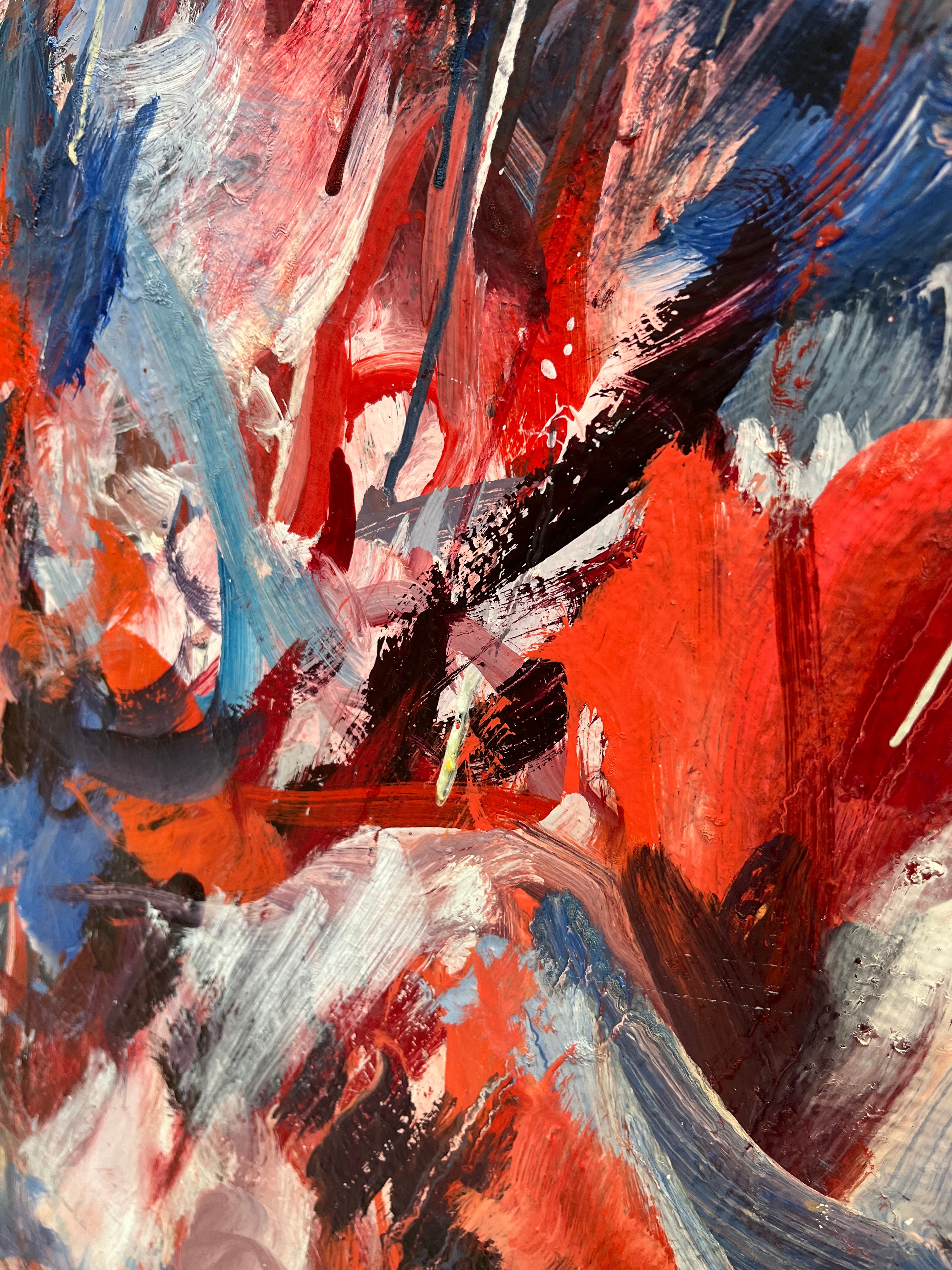
Painting as Silent Communication
Goodman’s art often speaks where words fall short. Her use of painting as a form of silent communication allows the viewer to experience an intimate connection with the work. This quality was especially evident in Silent Music, where each canvas seemed to hum with emotion and memory.
Though inspired by specific people and places, the exhibition was never autobiographical in a traditional sense. Instead, it served as an invitation into a wider conversation about vulnerability, creativity and the human experience. Goodman’s own words – describing drawing as a way to “create a portal into other realms of consciousness” – resonate powerfully in the context of this exhibition.
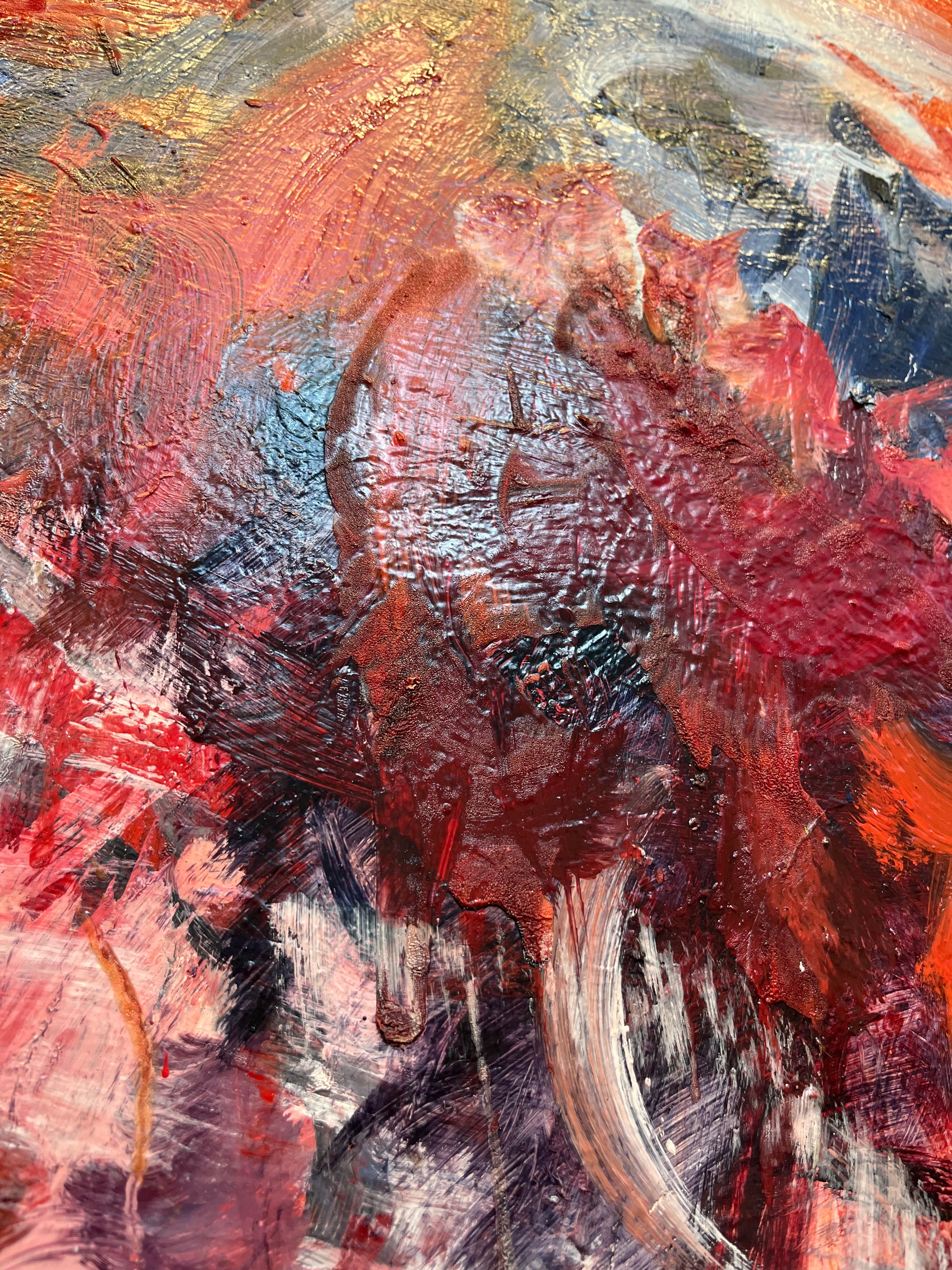
Legacy and Impact
Catherine Goodman’s contribution to the art world extends beyond her studio. As an educator and advocate for observational drawing, her influence continues to shape the next generation of artists. Her role as Artist Trustee at the National Gallery in London and her recognition as a Commander of the Order of the British Empire (CBE) in 2024 are testament to her impact.
Silent Music was a fitting celebration of an artist at the height of her powers—an exhibition that not only demonstrated the transformative potential of painting, but also highlighted the enduring importance of traditional practices in contemporary art.
Sign up to our mailing list for more art news, exhibition reviews and insights from the world’s leading artists and galleries. Whether in London, New York or beyond, we bring you the stories behind the art that matters.

